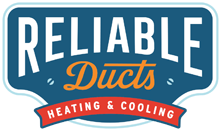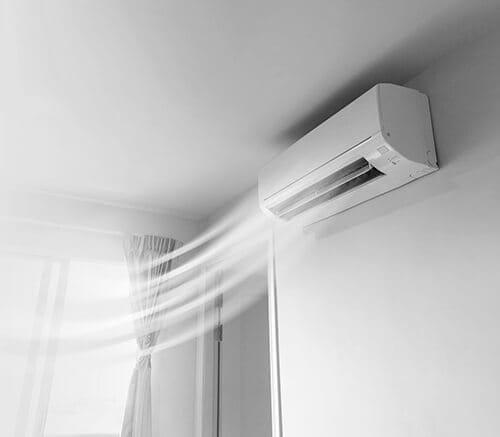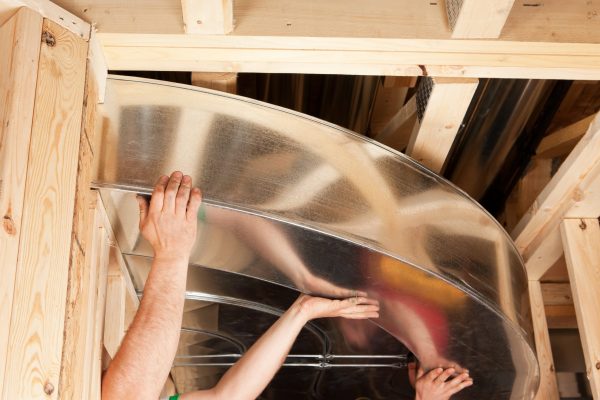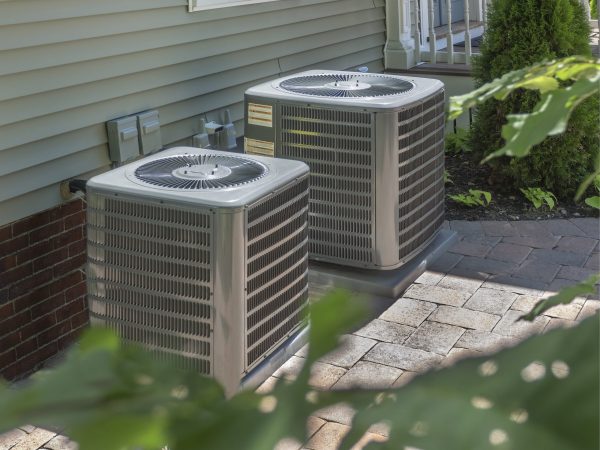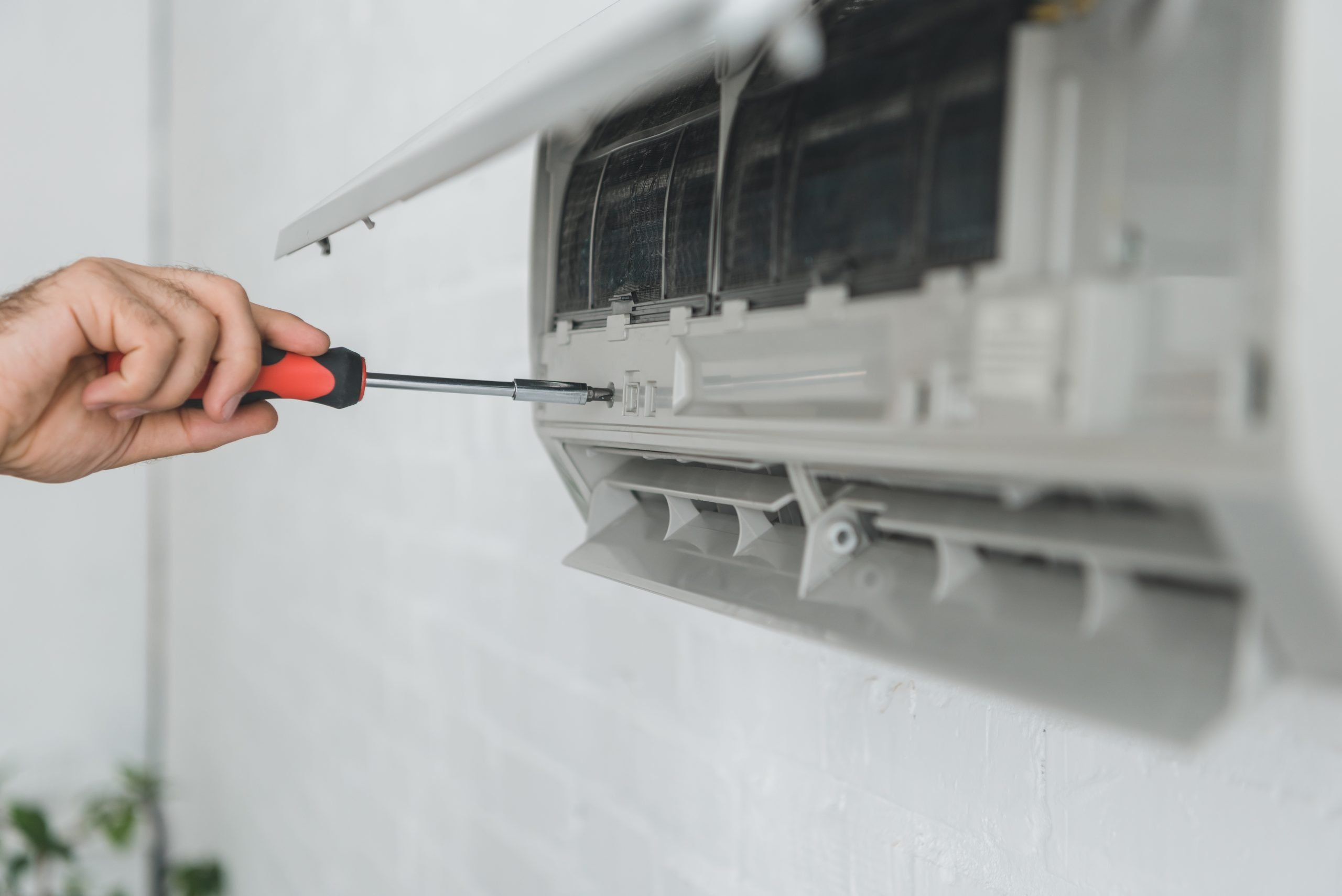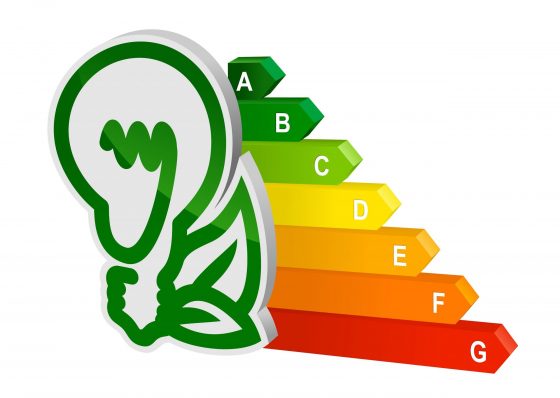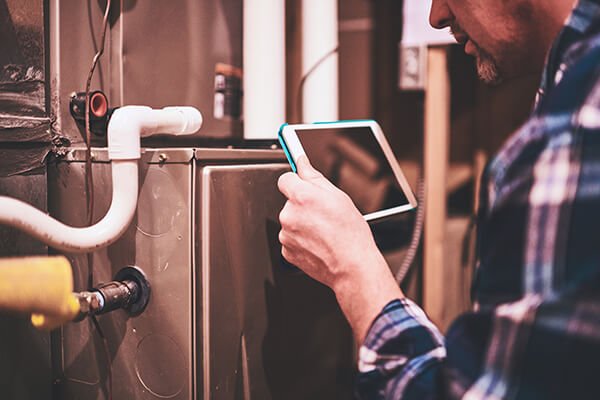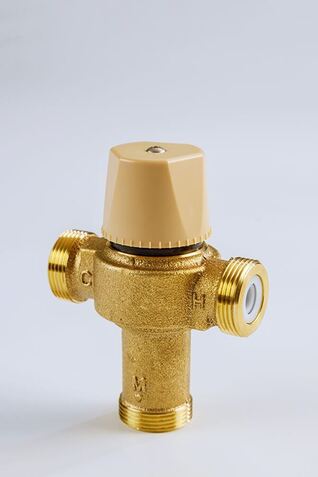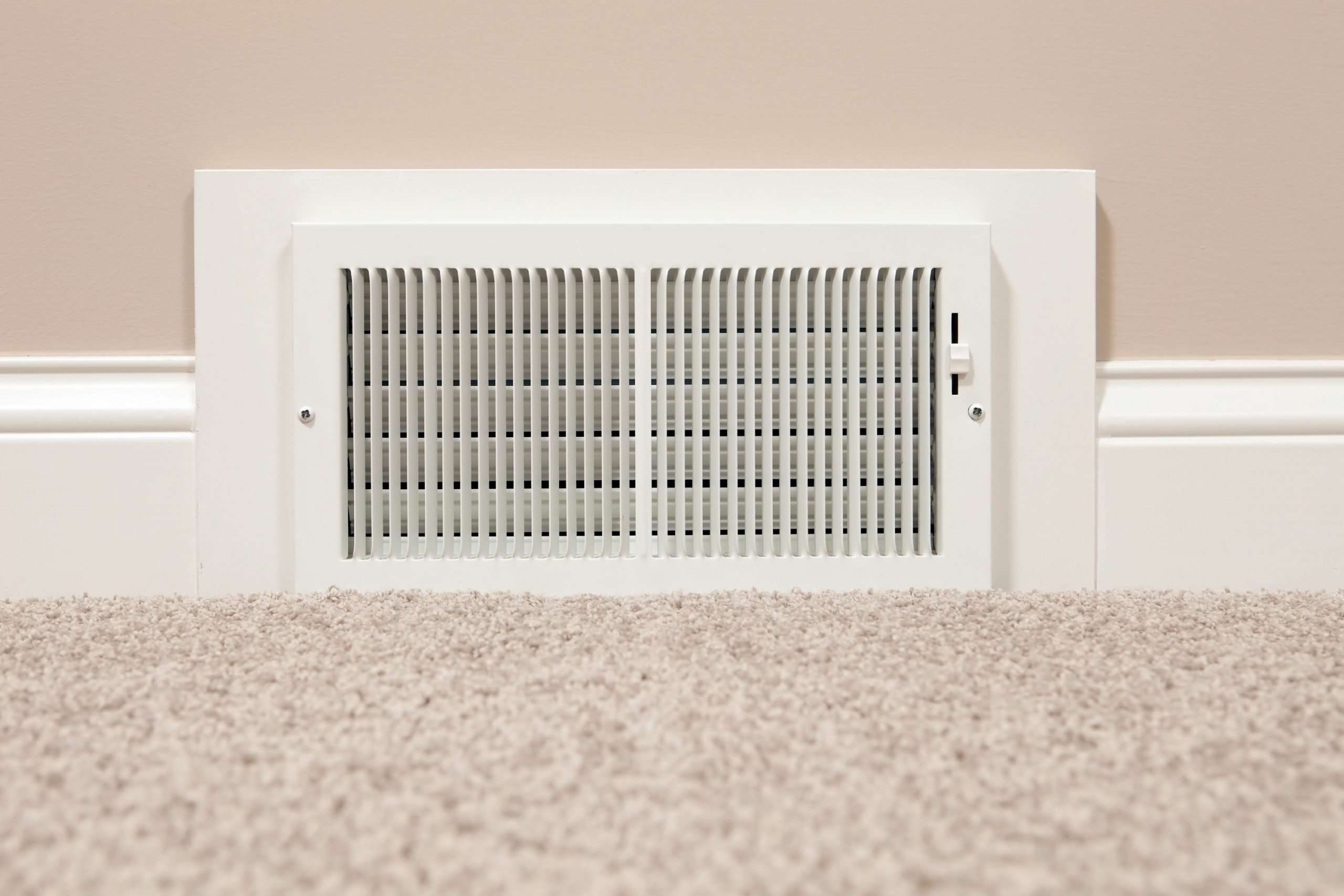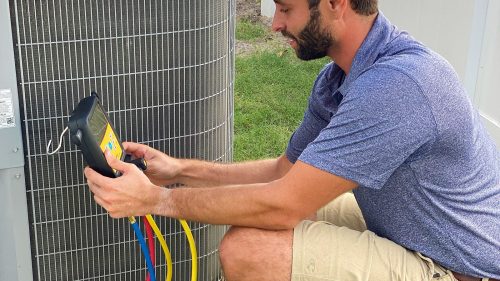Summers in Jacksonville can be brutal. For most people, this is the time to crank up the air conditioning and enjoy time indoors. However, if your home doesn’t currently have an air conditioner, keeping your home cool isn’t as simple as just turning back the thermostat. Fortunately, if you need to stay cool this summer, there are several great options available, even if your home doesn’t have any existing ductwork from a previous system. Here are the systems that the pros at Reliable Ducts Heating & Cooling recommend to help beat the heat on the hottest days of the summer
Adding Ducts
If you don’t have ductwork in your Jacksonville home, there is always the option of adding ductwork. However, most people don’t choose this option because adding ducts to a home that’s already been built can be disruptive, time-consuming, and expensive. To get the ducts where they need to be, you may have to make significant changes to the structure of your home. Plus, you’ll need to find a central location for the main system components. If you choose this option, you may need to opt for flexible ducts, which tend not to be as durable or energy efficient as their rigid counterparts. While it’s possible to add ducts to an existing home, the good news is that there are other options that are much less expensive and disruptive.
Window Units
Another potential option for cooling your home is window-unit air conditioners. The big problem with this approach is that you have to take up window space, thus blocking natural light from coming into your home. Plus, it is usually difficult to properly insulate the area around the air conditioning units. Another big drawback of these units is that you have to remove and re-install them every year so that they don’t allow cold air in during the winter. On top of that, window units tend to be fairly inefficient and noisy, not to mention that they’re unattractive. One final drawback of depending only on window units is that you can’t cool any rooms that don’t have windows, such as a basement or attic.
Portable Air Conditioners
For temporary cooling, a portable air conditioner can do an adequate job. These units only require a small duct to go through a window, making them less obtrusive than window units. Plus, since they’re portable, you can technically move them from room to room to cool your home as you move around. However, many homeowners find portable air conditioners to be inefficient, making them unsuitable for anything more than a small room. Plus, portable units take up valuable floor space that you might need for storing other items.
The Best Option: Ductless Mini-Split Systems
Of all the ductless options available to homeowners, ductless mini-split systems are the option that Reliable Ducts Heating & Cooling recommends most often. That’s because these systems are efficient, quick to install, look great, and provide both cooling and heating capabilities. You can install mini-split systems in any room in your home, including basements, because the only part of the system that goes from inside to outside is the refrigerant line. The durability and versatility of mini-split systems also make them great options for garages and workshops.
Great Efficiency
As with any targeted cooling system, mini-split systems are efficient largely because you can choose which rooms in your home to cool. This means that you aren’t paying to cool your entire home at once, a much less efficient and more expensive way of maintaining comfort. Since mini-split systems are only designed to cool a single room, they can be much smaller than their whole-home counterparts. In other words, they require much less energy to operate. An added benefit of mini-split systems is that they are air-source heat pumps. This technology pumps heat from the outside air into your home, which is far more efficient than conventional heating methods. Therefore, if you are using your mini-split system to heat your home in the winter, you can enjoy year-round efficiency.
Great Ease of Use
Another feature that we at Reliable Ducts Heating & Cooling love about ductless mini-split systems is that they are incredibly easy to use. All you need to control the temperature in your home is a simple remote control. You can select fan speeds, heating and cooling levels, and then you can set the desired temperature without walking across the room to a thermostat. This makes mini-split systems ideal for individuals who aren’t tech-savvy and may struggle with using a typical thermostat. Plus, their small size and simple construction make it easy to clean these systems in order to maintain their efficiency. A simple dusting of the outside of the indoor unit is the majority of the maintenance that you’ll need to do.
Fast Installation
Unlike the mess and chaos of installing ductwork in your home, mini-split systems are fast and easy to install. Reliable Ducts Heating & Cooling can typically install a mini-split system in just a few hours, meaning you can enjoy the comfort you deserve more quickly. Plus, with just one or two holes to drill in walls, there will be very little mess made and no extra dust released into your home’s indoor air. Once installed, a mini-split system’s indoor unit is unobtrusive and can blend in with any decor since the unit is mounted high on a wall and out of the way.
Cooling for Multiple Rooms
A great feature of a mini-split system is that you can use multiple units to provide cooling for multiple rooms. In many cases, you can tie more than one indoor unit into a single outdoor unit, saving space, wiring, and energy. This allows you to have a similar cooling capacity as you would have if you had a central air conditioner. However, in this scenario, you won’t need to add any ducts to your home, and you’ll likely save a lot on your energy bills thanks to the unique properties of mini splits that were previously discussed. The ability to control each room’s temperature individually is a great benefit that ensures you never have individuals in your family who are too hot or too cold. This is a standard of comfort that can be difficult to achieve with a conventional air conditioner without significant upgrades.
Keeping Your Home Cool All Summer Long
At Reliable Ducts Heating & Cooling, our main priority is to help keep you and your family comfortable in your Jacksonville home. That’s why we offer repair, replacement, and maintenance services for ductless mini-split air conditioners, central air conditioners and furnaces, and much more. We can also install air purification equipment, upgrade your thermostat, replace or repair your ductwork, and perform many other comfort-related services. We have been serving the area for well over 15 years, providing integrity and customer satisfaction to neighbors throughout the city. Our consistent commitment to quality service is one reason why we consistently receive five-star customer reviews. To learn more about ductless mini-split heating and cooling systems, contact the pros of Reliable Ducts Heating & Cooling today.
